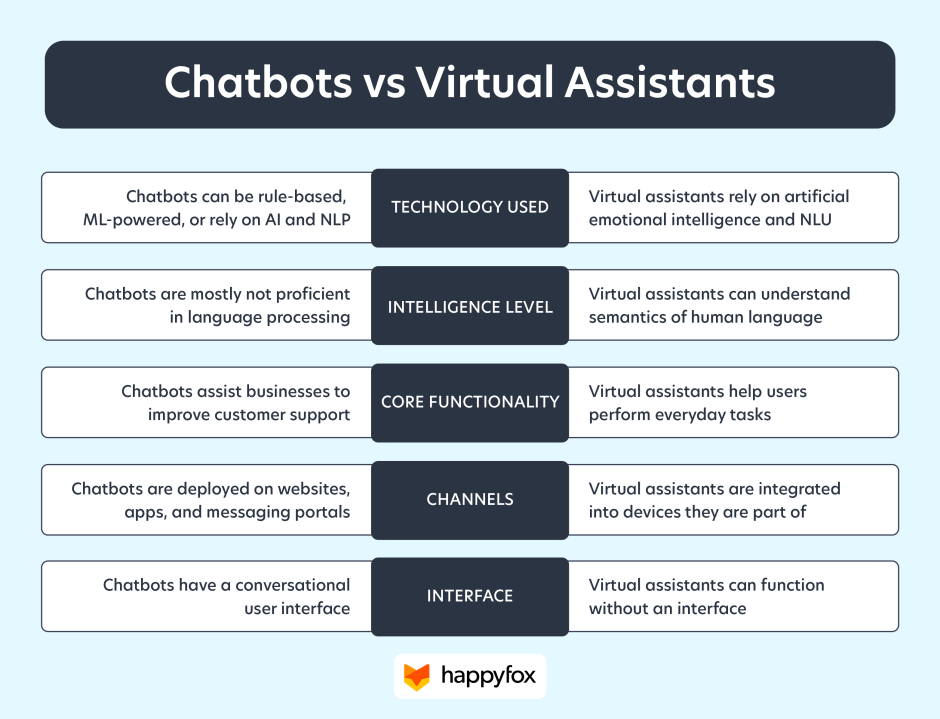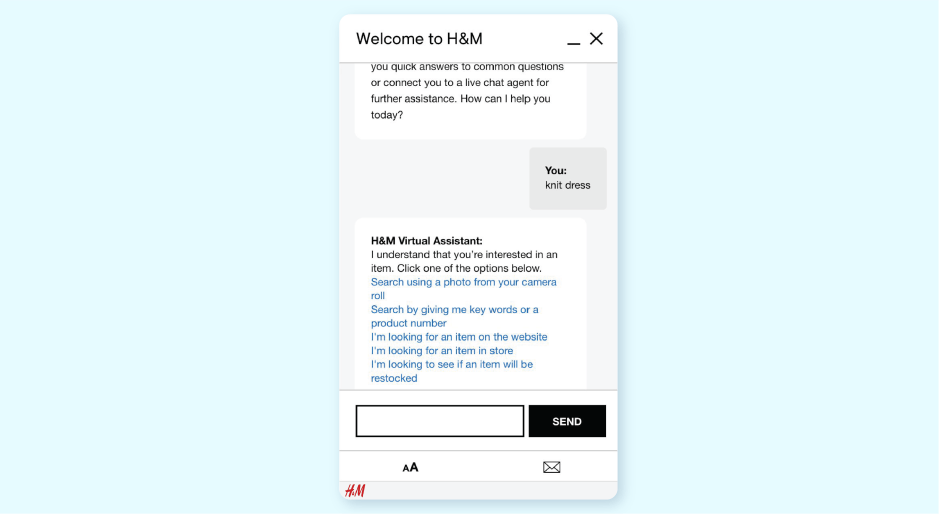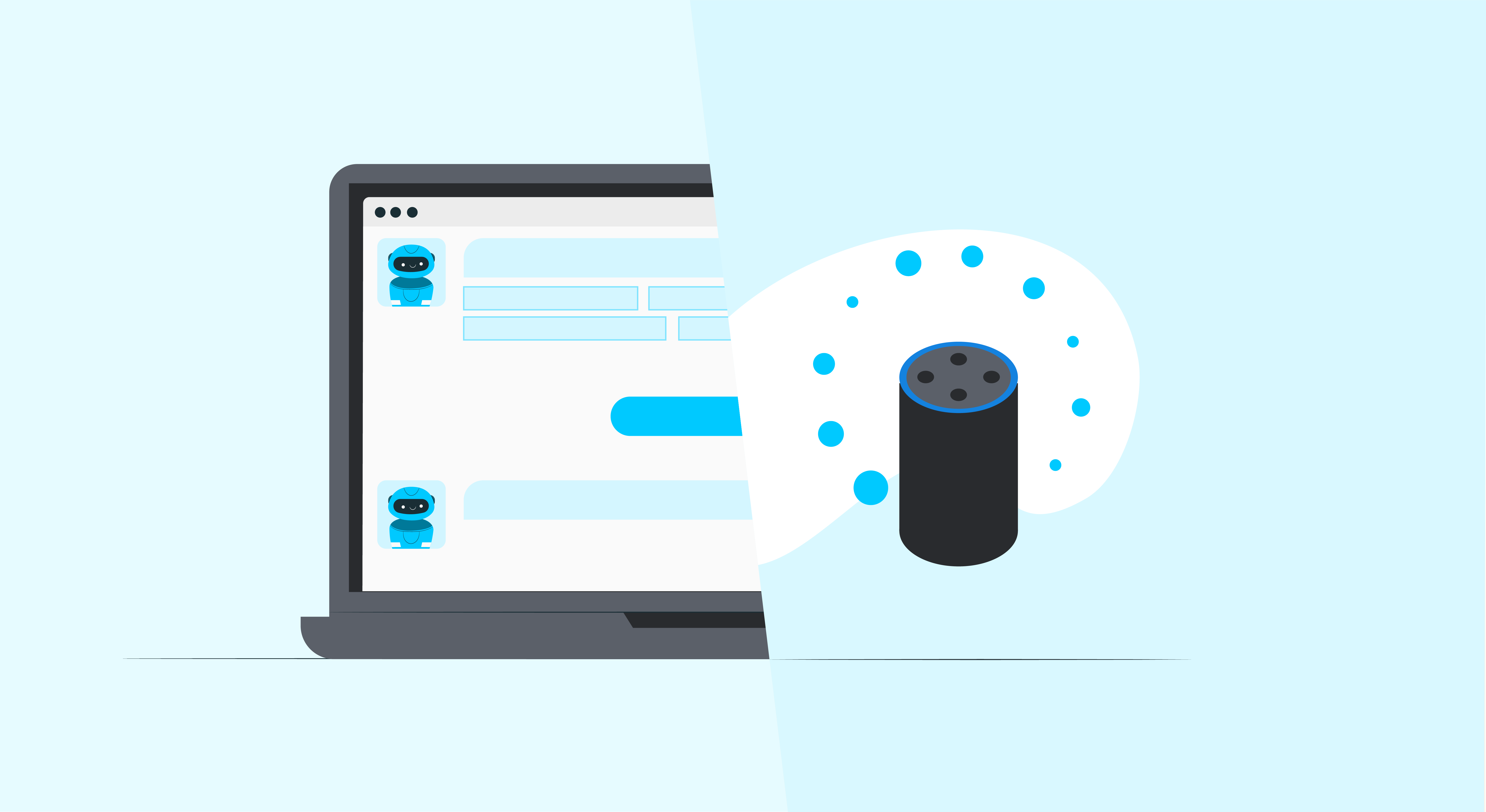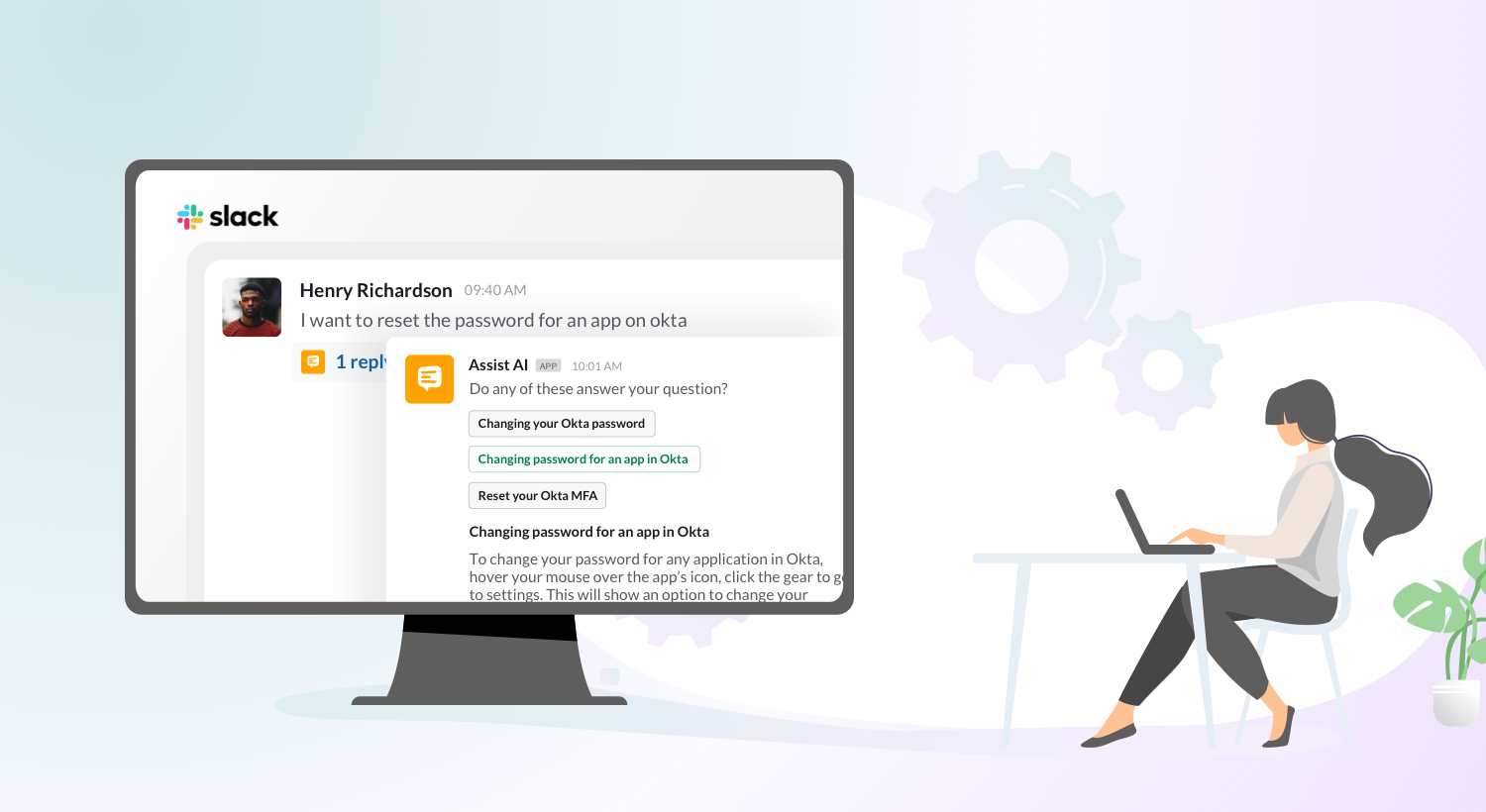Today, the advancements in the world of conversational AI are not only helping organizations and businesses improve, but are also impacting our personal lives. Two popular technologies are chatbots and virtual assistants — which are often confused as one. While they are both computer programs powered by AI and have the ability to interact with their human users, they have different builds, roles, and purposes.
What Is A Chatbot?
Chatbots are intelligent programs that engage with users in human-like conversations via textual or auditory mediums. Some functions performed by chatbots include offering instructions to customers to complete a task, gathering and sharing information like product or contact details from customers, setting appointments from a calendar, and integrating with a knowledge base or self-service portal to provide real-time support to customers.

What Is A Virtual Assistant?
A virtual assistant is a personal software-based agent that assists us in performing our daily simple tasks. Their functions are, in many ways, similar to what a personal human assistant can do — check bookings, set alarms, make calls, type messages, automate workflows, schedule appointments, give reminders, and give directions. They offer personalized assistance and troubleshooting in a human-sounding manner. Popular assistants include Amazon Alexa, Microsoft’s Cortana, Apple Siri, and Google Assistant. In fact, Alexa is equipped with features that help in voice-based chatbot development.
While both are products of artificial intelligence and have similarities in their foundations, they address different needs and are deployed differently.
Differences between chatbots and virtual assistants
While both are conversational interfaces, a virtual assistant assists in conducting business and a chatbot offers customer support. It is important for organizations to understand the differences between the two to apply them wisely in their operations.

1. They Use Different Technologies
Chatbots can be rule-based, ML-powered, or contextual. This means that they can operate on varying levels of complexity. They can be built on a decision tree with interactions through buttons and a set of pre-defined or scripted answers. ML-powered chatbots function by understanding customer inputs and requests by continuous learning over time. Contextual or AI chatbots rely on artificial intelligence (AI), machine learning (ML), and natural language processing (NLP) algorithms to continuously learn and retain context to personalize conversations. Intelligent virtual assistants rely on advanced natural language understanding (NLU) and artificial emotional intelligence to understand natural language commands better and learn from situations. They can also integrate with and gather information from search engines like Google and Bing.
2. They Exhibit Varying Levels of Intelligence
Most chatbots, unless they are contextual in nature, can only address queries that have been programmed into them. They can hold short and direct conversations. They break down conversation into smaller elements, making it a structured and easy-to-digest format for the program, allowing a constant relay of context. Virtual assistants are programmed to understand the semantics of human communication and hold long conversations, but they cannot continuously gauge context. They understand human slang, empathy, and human sentiments that are conveyed through language.
3. Their Core Functionality Vastly Varies
Chatbots are largely company-based solutions while virtual assistants are user-oriented. Chatbots assist businesses to give the best possible experience and engagement to their customers, as well as their sales and marketing teams. For example, the H&M chatbot functions as a personal stylist and recommends outfits based on the customer’s personal style, leading to a personalized user experience.

Virtual agents or assistants exist to ease business or sometimes, personal operations. They act like personal assistants that have the ability to carry out specific and complex tasks. Some of their functions include reading out instructions or recipes, giving updates about the weather, and engaging the end-user in a casual or fun conversation.
4. They are Deployed on Different Channels
Chatbots are deployed on websites, support portals, messaging applications like WhatsApp and Facebook Messenger, and mobile applications and in-app chat widgets. They have a conversational user interface (CUI) that enables chat-like communication.
Virtual assistants are integrated into devices like Google Home and Amazon’s Echo. They can have a chat-based interface and can also function using voice commands, without an interface.
5. Their Interfaces May Differ
Chatbots have a conversational user interface (CUI) which enables chat-like communication, while virtual assistants can have a chat-based interface and can also function using voice commands, without an interface.
Which One Should You Choose: Chatbot or Virtual Assistant?
Now we know the different benefits offered by chatbots and virtual assistants. The next step is to know when to pick up which solution. If you’re looking to improve customer engagement and support operations in your business, you should turn towards a chatbot that offers those capabilities. But if you want to improve productivity, you need a virtual assistant that can help you delegate and complete tasks.
While both are products of artificial intelligence and have similarities in their foundations, they address different needs and are deployed differently. To learn more about chatbots and how you can use them to improve how your business provides customer support, book a one-on-one demo with our product specialists.








